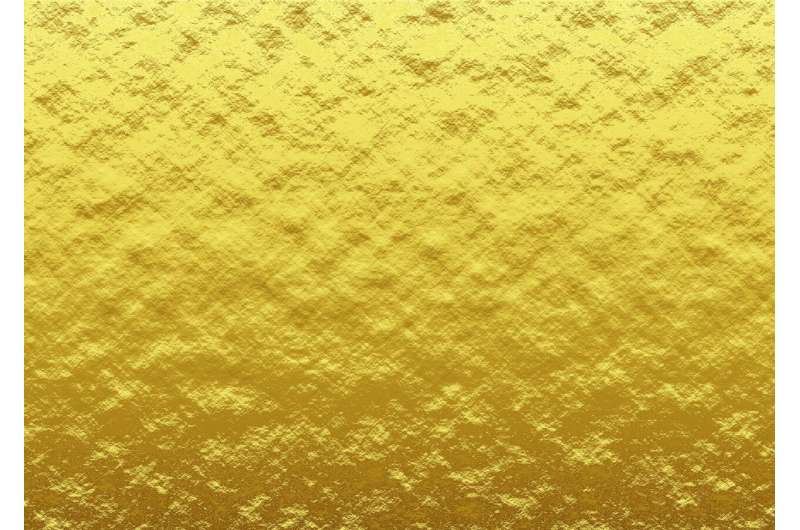Optical microscope strategy allows observers to check electrons moving inside gold

A team led by DGIST professor Seo Dae-ha has developed an experimental strategy to control and observe the chemical reaction of a single nanocatalyst using an optical microscope. The work is expected to contribute to catalyst design based on accurate understanding of the photocatalytic reaction through an analysis method that helps understanding the electron excitation phenomenon and transition path.
This technology is expected to provide an experiment strategy based on system chemistry, a new experiment strategy for precisely studying photocatalysts at the single particle level.
Plasmonic metals at the nanometer level, such as gold, exhibit high light absorption rate in a wide area within the range of visible light. They are combined with semiconductor photocatalysts to act as a medium to increase light absorption. Excitation occurs in which electrons gain energy and move as a reaction to light absorption, and it appears through various paths depending on the size of the metal and the wavelength of the light. There are various hypotheses on the effect of this electron movement as a catalyst. The research team was able to test the hypotheses and reveal how electrons transfer by developing a new microscope that is experimentally simpler and more sophisticated than the conventional method of observing chemical reactions.
Professor Seo Dae-ha's research team developed hybrid nanoparticles (for example, "gold/copper oxides," a combination of gold and copper oxides), and lasers of different wavelengths were combined to investigate the reaction between them to test various hypotheses on the electron excitation phenomenon. Through this process, the team was able to selectively induce electron excitation in gold nanoparticles, and quantitatively analyze their contributions by evaluating the increase in the reactivity of the catalyst. In addition, the team confirmed that these excited electrons were transferred to the semiconductor to increase stability and reactivity at the same time.
"The observational technology reported here is a technology that observes chemical reactions with high precision, efficiency, and low cost," said Professor Seo Dae-ha of the Department of Physics and Chemistry at DGIST, while adding that "it is expected that it will contribute to the sophisticated design of catalysts and will be applied as a sophisticated evaluation and control technology using nanoparticles for pharmaceuticals."
The research was published in Chem.
More information: Yongdeok Ahn et al, Combinatorial selective synthesis and excitation experiments for quantitative analysis of effects of Au on a semiconductor photocatalyst, Chem (2022). DOI: 10.1016/j.chempr.2022.06.004
Journal information: Chem
Provided by DGIST (Daegu Gyeongbuk Institute of Science and Technology)





















